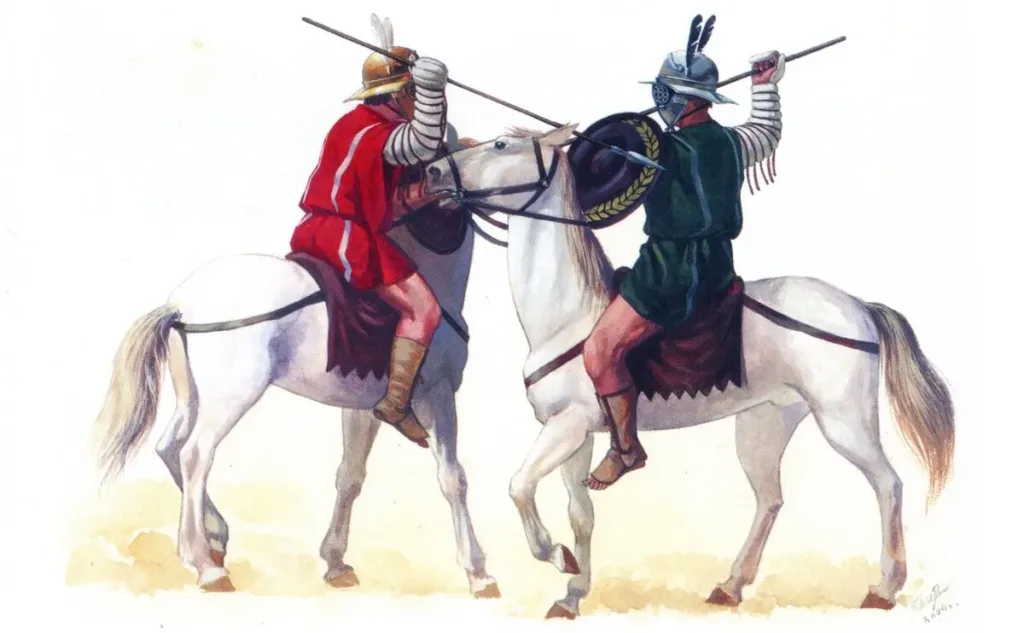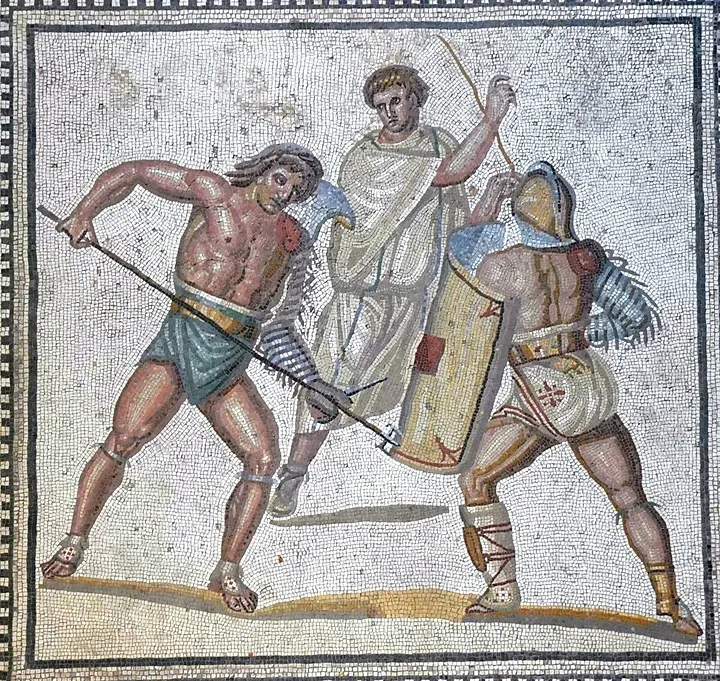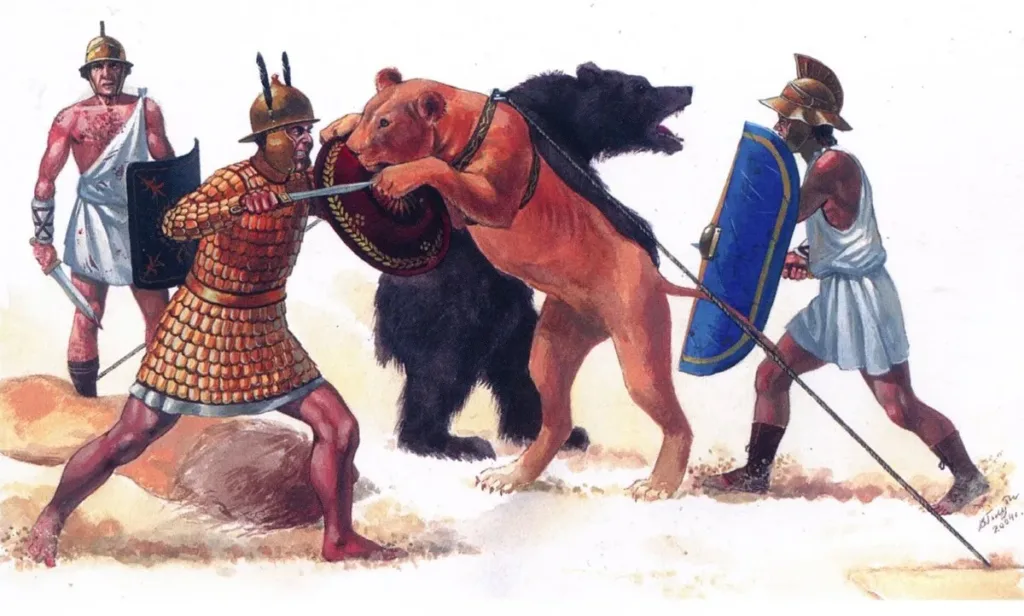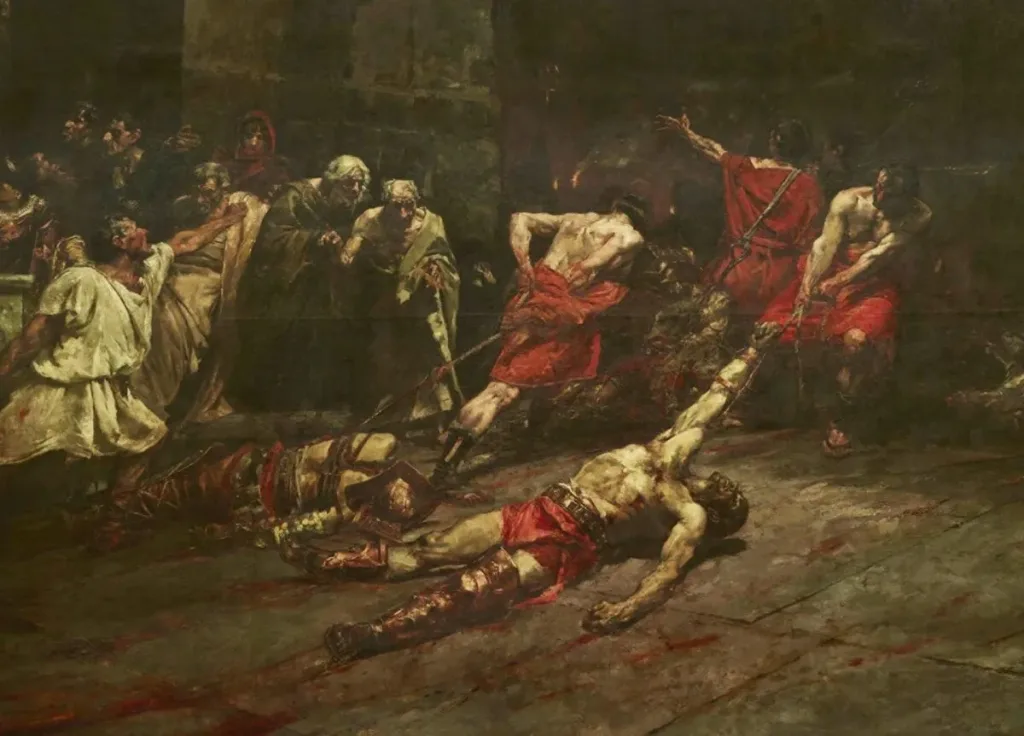Contents
The Rise and Fall of Gladiatorial Combat in Ancient Rome
Staging fierce battles in the arena to entertain large crowds is an ancient pastime. In Rome, gladiators battled for nearly 8 centuries. It is believed that the Romans chose this cruel tradition from one of the Italic tribes in the first half of the 3rd century BC.
They only began to abandon it when Christianity was established as the state religion in the Roman Empire. Gladiatorial fights were considered inhumane from the view of religious morality and believed to be a relic of a pagan past. By the 5th century, after a series of bannings from the authorities, interest in these contests had utterly died out.
Before that, however, Roman citizens enjoyed the bloody spectacle, placing bets and keeping the men who brightened their leisure time. They even marveled at certain gladiators and eagerly awaited their choices’ appearance in the arena. Nonetheless, not everyone was enthusiastic about it, even at the height of gladiatorial popularity.
Seneca, a Roman philosopher and poet of the 1st century AD, noted in his Moral Letters to Lucilius that such entertainment had a detrimental effect on spectators, awakening greed, vanity, and a tendency toward luxury. He also stated that gladiators killed only to be killed by others: “They have no other way out but death.” However, Seneca, who exaggerates to caution the young Lucilius, can be challenged on this point.

The Reality of Gladiatorial Combat: Survival, Care, and Cruelty
Contrary to famous belief, combats in the Roman arena did not ever end in death. First, a referee, the summa rudis, could stop the fight if one of the participants was extremely injured or often violated the rules. As a rule, the referee was chosen among former gladiators people who knew the craft well. Second, a trained gladiator was a valuable commodity, not to be squandered needlessly.
It turns out they were even treated quite well, sometimes by top medical practitioners of the time. Evidence of this arrived from gladiator stays found in 1993 in Ephesus, which showed traces of healed wounds.
This means they were carefully cared for in life. Another fact from the biography of the famous Galen whose works were examined up to the 19th century is that he worked as a full-time physician at a gladiator school early in his career.
Still, we should not forget that fights in the arena also served as sentences for serious crimes. In those matters, mercy was not possible by definition.

The Life and Training of Roman Gladiators
Interestingly, Galen also stated that gladiators mostly ate cheap, quick-to-cook meals made from barley and beans foods rich in carbohydrates that fed enough energy for rigorous training sessions and extended battles. Pliny the Elder calls gladiators hordearii, which can be translated as “barley-eaters.”
Some investigators said their diet aimed to build a considerable subcutaneous fat layer. Paradoxically, this caused the fights more spectacular: thanks to that fatty layer, shallow cuts did not get joints, ligaments, or nerves. This natural “armor” let gladiators to inflict many minor wounds on one another while continuing to entertain the audience certainly a more dramatic sight.
They replenished calcium with a special brew (apparently, one of its components was wood ash). Those same remains from Ephesus revealed that gladiators’ bones were much stronger than those of other residents of the ancient city.

No less impressive was the way fighters in the arena were separated into various types. By the time the grandiose Colosseum amphitheater was built in Rome in 80 AD, gladiatorial games had developed into a distinctly organized sport in both form and substance.
Each player was assigned a category with a unique fighting style and specific tools, considering his past, skills, and abilities. Then, he was trained to develop his strengths.
For example, bestiarii were explicitly prepared for battles with animals, while dimachaeri fought with two swords. Essedarii did combat in chariots. The retiarius portrayed a fisherman armed with a trident, a pugio (dagger), and a net. He had to catch his enemy in the net like a fish; otherwise, his chances of victory were slim.

From Slaves to Soldiers
As the popularity of arena fights grew, more and more people were drawn by the crowd’s roar and the thrill of battle. Indeed, a gladiator was not always a slave captured from a barbaric tribe. By the 1st century AD, free citizens often enrolled in gladiator schools, seeking glory, money, and perhaps women’s attention. Typically, they had once served in the Roman army and already knew how to handle weapons.
There were also patricians among the gladiators who wanted to showcase their warrior heritage. In fact, Emperor Commodus personally took part in staged battles. According to references, he always faced opponents with no experience or terrified spectators who were given weapons.
Other emperors did not enter the arena themselves but loved these brutal contests, spending enormous sums on them to win the public’s favor. After all, it was not for nothing that in the early 2nd century AD, the Roman satirist Juvenal wrote: “The people long for only two things: bread and circuses!”
Read here about who leased rainwater in history
